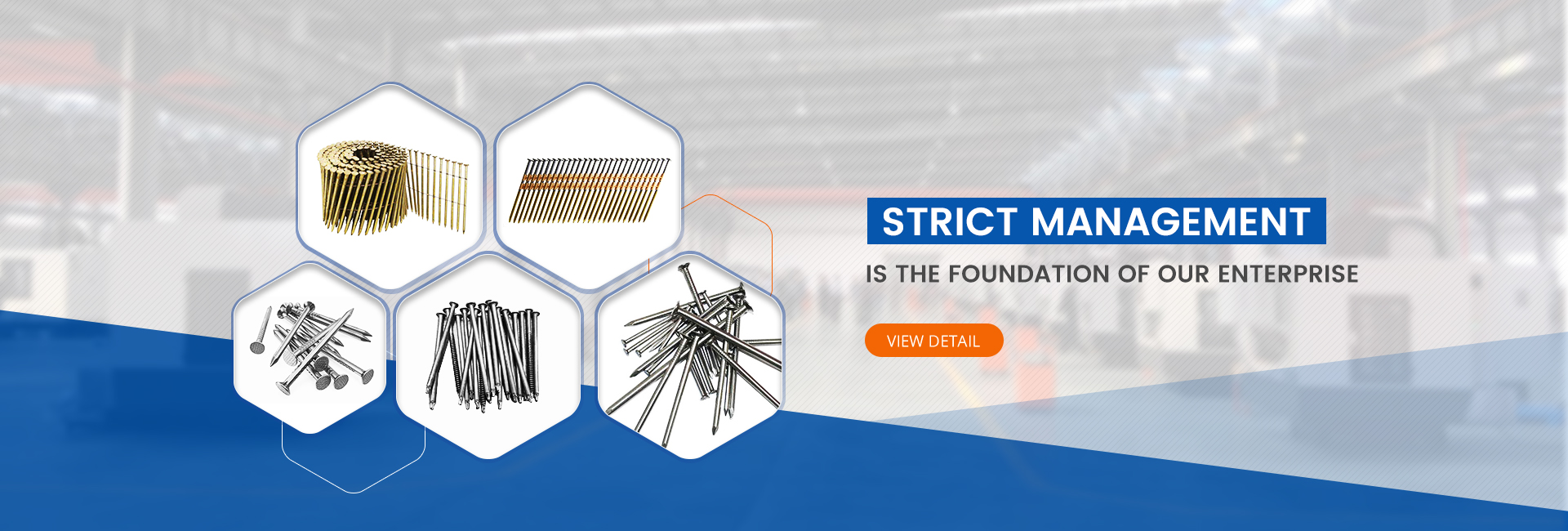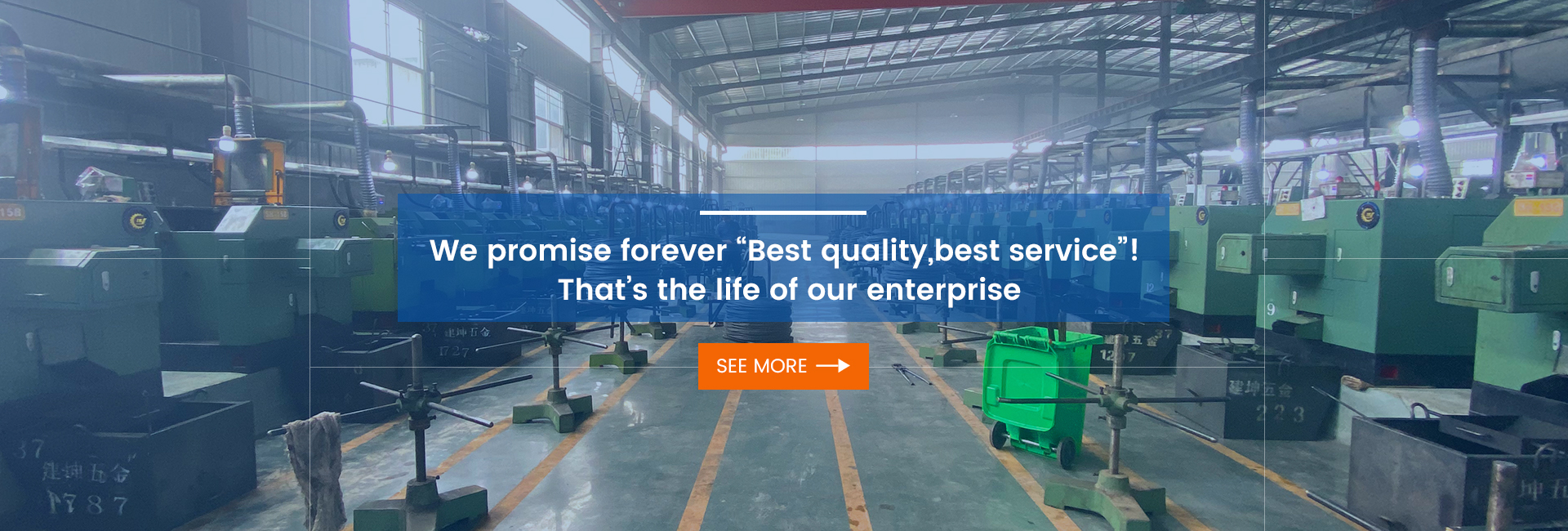In the world of construction and manufacturing, nails play an indispensable role. From securing wooden structures to fastening various materials, nails are the unsung heroes that hold our world together. And behind the production of these ubiquitous fasteners lies a remarkable feat of engineering: the high-speed nail making machine.
For those unfamiliar with the intricacies of nail manufacturing, understanding the inner workings of these machines can be a daunting task. However, fear not, for this comprehensive guide will delve into the heart of high-speed nail making machines, unraveling their intricate components and shedding light on their remarkable production process.
Unraveling the Anatomy of a High-Speed Nail Making Machine
At the core of every high-speed nail making machine lies a symphony of precision-engineered components, each working in harmony to transform raw wire into perfectly formed nails. Let’s embark on a journey to uncover the essential elements that make these machines marvels of modern manufacturing:
Wire Feeder: The journey of nail creation begins with the wire feeder, the unassuming maestro that guides the raw material into the machine’s heart. This component ensures a steady and consistent supply of wire, ensuring a smooth and uninterrupted production process.
Cutter Head: The cutter head is the unsung hero of the nail making process, its razor-sharp blades slicing the wire with surgical precision. Spinning at incredible speeds, the cutter head transforms the continuous wire into individual nail blanks, each destined to become a sturdy fastener.
Nail Former: Once the wire is cut into nail blanks, the nail former takes over, meticulously shaping these raw pieces into the familiar nail profiles we recognize. With deft precision, the nail former molds the heads, shanks, and points, ensuring each nail meets the exacting standards of the industry.
Trimming and Pointing Dies: The trimming and pointing dies are the final arbiters of nail perfection, adding the finishing touches that transform nail blanks into functional fasteners. These dies meticulously trim the excess material from the nail heads and sharpen the points, ensuring each nail is ready for its intended purpose.
Discharge Mechanism: Once the nails have undergone their transformation, the discharge mechanism takes center stage, gently releasing the finished products into a waiting collection bin. This component ensures a smooth and efficient flow of nails, preventing jams and ensuring a continuous production process.
Witnessing the Nail Making Magic in Action
The Role of High-Speed Nail Making Machines in Industry
High-speed nail making machines play a pivotal role in various industries, including construction, manufacturing, and woodworking. Their ability to produce nails at incredible speeds and with consistent quality makes them indispensable tools for large-scale production.
In the construction industry, high-speed nail making machines are used to produce a wide range of nails for framing, roofing, and other applications. Their efficiency and precision ensure that construction projects can be completed quickly and cost-effectively.
In the manufacturing sector, high-speed nail making machines are utilized to produce nails for assembly lines and product manufacturing. Their ability to produce nails in various sizes and shapes makes them versatile tools for a wide range of applications.
Woodworking professionals also rely on high-speed nail making machines to produce nails for furniture construction, cabinetry, and other woodworking projects. The consistency and quality of these machines ensure that woodworking projects are completed with precision and attention to detail.
High-speed nail making machines stand as testaments to human ingenuity, their intricate components working in harmony to transform raw wire into the ubiquitous fasteners that underpin our world. Understanding the anatomy and operation of these machines provides a deeper appreciation for the remarkable processes that go into creating these seemingly simple yet essential components of our built environment.
Post time: Jun-25-2024



